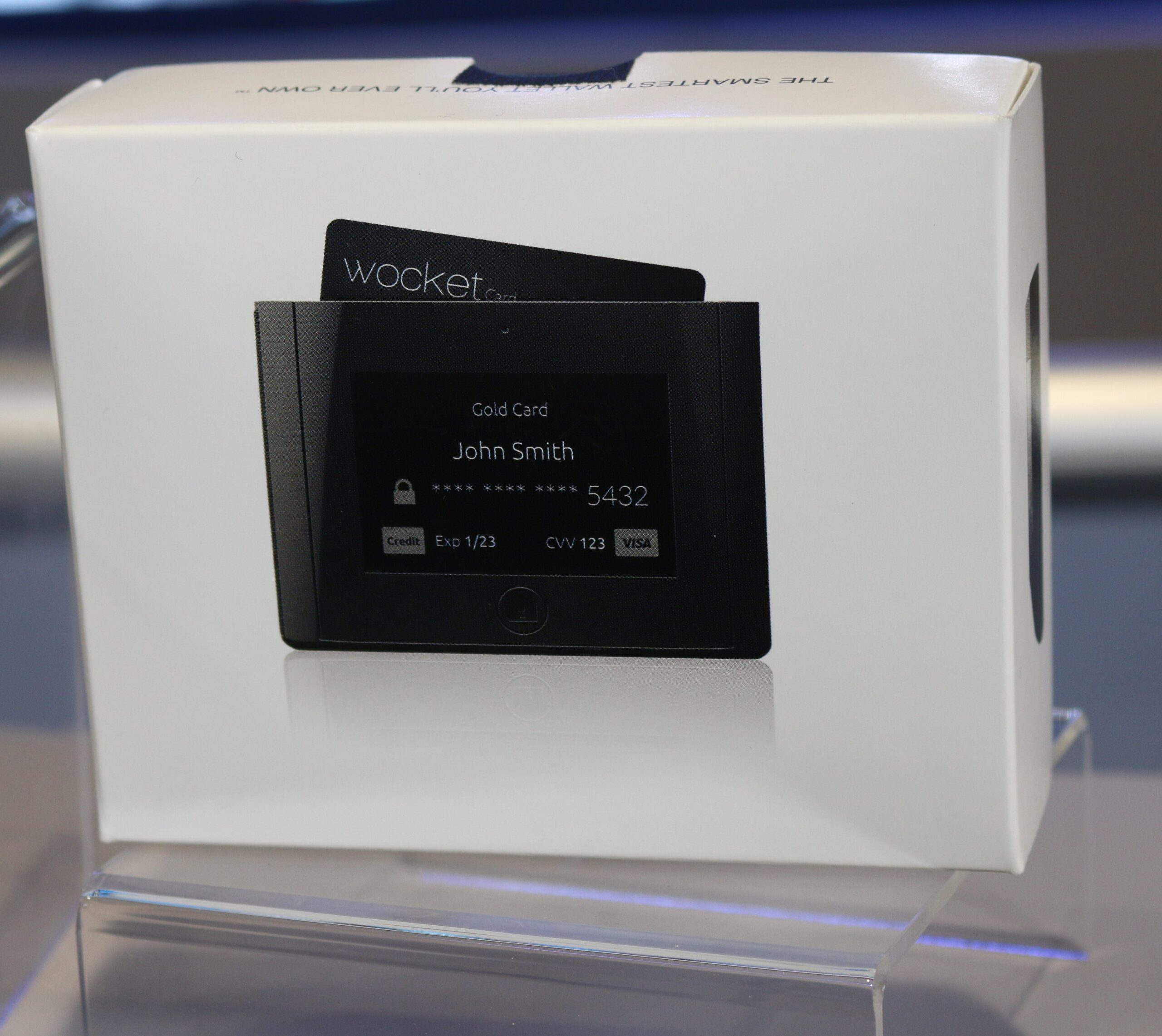What’s New At CES 2016 By George Harding
Post# of 641

By George Harding
The Consumer Electronics Show is bigger and better this year. Bigger because it has expanded into three venues this year and better because there is more stuff categorized by type.

The attendees numbered some 170,000 and exhibitors were about 3,800 and they were spread over 2.4 million square feet of space. Imagine going down a line of booths 3,800 tables long and talking with half of them! It’s a time-consuming process.
As a press person, one has to make a good attempt to stop by the more significant vendors, so as to write about the significant new products and services now available. As an old person, that process gets harder each year. But your intrepid reporter made yet an- other valiant attempt at thorough coverage!

One thing that was noticeable was the size of the exhibit space for the larger companies, like Sony, LG, Intel, Panasonic and Samsung. The Central Hall in the Las Vegas Convention Center hosts these companies (as well as many, many smaller companies). The space for each is so large because each has so many current products. Each has TVs, external speakers, washing machines, refrigerators, Iot devices (Iot is shorthand for Internet of things, whereby you can control house- hold and other items wherever you are), and more.
Gone are the days when a company had one principal product with a few variations. Now, each
company that can produces one or more of each type of popular product. That transition is one of the reasons that exhibit space has expanded so much. The other is that every company needs to attract customers by setting up eye-catching displays, so the exhibit space is very colorful with a lot of moving objects.

Wocket Wallet
If you’re like me, you have several credit and debit cards in your wallet or purse. Not only do all the cards make the wallet bulky, but there’s a substantial risk when you travel that losing your wallet will produce disastrous results.
Wocket provides an elegant solution! You can store all your credit and debit cards in this device in a more secure fashion than the cards themselves provide. It’s a bit larger than a credit card and about ¼” thick, so it’s more convenient that than the stuffed wallet.
About the only thing you can’t store the information from is your driver’s license, but the Wocket case has a slot for your license, too!
The case contains the Wocket itself and a card that looks like a credit card, but isn’t. It is programmed with the data for the credit or debit card you want to use and is used just like that card you slide it through the reader’s slot as usual. What’s dramatically different is that the data cannot be read by any- one else and is unusable after use. It will be programmed for the next use when needed.

The process of loading your cards is pretty simple. You first set up a password. I had a bit of trouble with this because I tried pressing on the screen, harder and harder when my press wasn’t recognized. I found that instead of a press, what’s required is sim- ply a touch. The password is four characters, any combination of letters and numbers.
Next you see a screen that shows four panels, each of which can contain a card’s info. You select one of them, attach the card reader into the Wocket and slide your card through the reader. The info is transferred to the Wocket. You only have to add the CSV code printed on the back of the card, and save the result. You can name the card so it appears in the panel.
The Wocket has to be charged, but the company says a full charge should last for months. The
charging cable and the card reader both use the 3.5mm socket. It’s like that used for earbuds.
Barcodes and text, such as voter's registration, loyalty and/or membership cards, can all be entered manually into Wocket as well.
I stored three credit cards in the Wocket I received for evaluation. I had difficulty modifying the description on the panel for each card, so I had to remember that Visa2 is my Fry’s card and Visa3 is my company credit card, but that wasn’t difficult.

To use your Wocket card, you first select which card you want to use from the panel, enter the password and then see the message that your Wocket card has been programmed. The screen on the Wocket shows an image of the card with your name, the last four digits of the card’s number and the CSR code. You remove the Wocket card from the case and use it like any other card.
The back of the card has a band where the magnetic stripe normally is, an area for you to sign and four electronic contacts that connect to the Wocket for programming. But you use the Wocket card the same as any other by sliding it through the retailer’s reader. The device I received does not enable the chip reader technology that is used for recently issued cards.
I had no problem at three retail stores, but at a fourth, the card was not recognized. I had to get out my actual card and slide it.
This is an interesting technology devised to solve both the crowding we experience today from having so many cards, as well as the security problems associated with magnetic striped cards.
Price $179 http://www.wocketwallet.com $NXTD
 (0)
(0) (0)
(0)